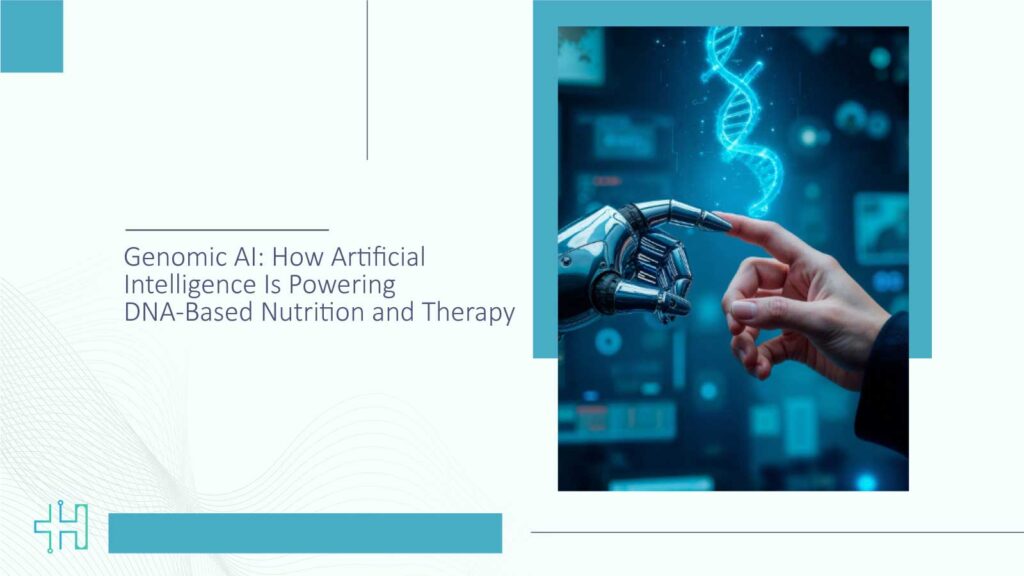Is it possible for a machine ever to know just how you feel? Perhaps not at all. But as things have worked out, to a whole lot of people, even an imperfectly understandable moment, particularly one that is always present, never pressing, and acting right now, can be revolutionary. Mental health systems around the world are straining to the breaking point. Affordability remains out of reach, and shame still silences millions. In these unexpected gaps, AI chatbots are stepping in.
They don’t function as workbots or customer reps. Instead, they serve as conversation friends, crafted through natural language processing and cognitive behavioral models, offering a haven where people can brood, rant, learn, and even heal.
And no, they don’t replace therapists. But in the cracks where the human system breaks down, these digital companions reveal something remarkable: developers can code empathy, and it might just save lives.
Why Traditional Mental Health Systems Are Breaking
Worldwide, more than 1 in 4 individuals will have a mental disorder at some point in their lives, according to the WHO. It’s 11 years, on average, in America from symptoms starting to any type of professional help.
With shortages of therapists being particularly acute in rural and underserved areas. It’s not in the budget for most, with $100–$200 per hour sessions, and too often not reimbursed by insurance.
Even when assistance is accessible, the specter of judgment or stigma causes individuals to remain quiet. And who will ever remember the 3 AM crises, when one is alone and the mind does not have working hours?
What Are AI Therapy Chatbots?
Evidence-based therapy platforms like CBT (Cognitive Behavioral Therapy), fueled software solutions, artificial intelligence, and natural language processing (NLP) are AI mental wellness chatbots.
They are not designed to treat or diagnose major psychiatric illness, but rather to offer timely emotional support, guide users through coping strategies, and serve as a nonjudgmental presence when no one else is available.
- Offer emotionally aware conversation,
- Aid in mood monitoring, journaling suggestions, and mindfulness exercises,
- Guide users through the activities of CBT, and
- Offer 24/7 judgment-free support.
Some of the most well-liked currently utilized include:
- Woebot – CBT-foundations, one Stanford researcher created, and research has determined it halts symptoms of depression within 2 weeks.
- Wysa – Already serving over 65 countries, Wysa provides AI advice with direct human therapist access.
- Replika – Not specifically designed to be therapeutic, but it does facilitate deep emotional companionship, especially for loneliness and anxiety.
They are not therapists, but they do serve as conversation starters, emotional mirrors, and first responders to mental suffering.
The Science of Empathy in Machines
You might ask yourself: How could a bot possibly reach me?
Empathy is noticing emotional undertones in words, responding in a way that care is evident, and steering the user toward healthier thinking. When a user types, “I can’t do this anymore,” a well-trained AI can recognize potential suicidal thoughts and immediately send the user to safety resources, provide soothing techniques, or escalate the situation if set up to do so.
It can also offer behavioral reframes, such as: “It sounds like you’re under a lot of pressure right now. Would it help to break this down into smaller steps together?”
Participants in a recent clinical trial said that 10 minutes a day of chatbot use enhanced their mood and self-regulation of emotions after two weeks, rivaling results from live therapy in early intervention phases.
Why It’s Working, Particularly for Gen Z
As the first generation to have been born and raised as digital natives, Gen Z has an entirely different relationship with technology and with therapy.
They’re more open to mental health than any generation that has come before them. They’re more stressed, more connected, and often paralyzed by the noise of permanent digital life.
For them, therapy is not a couch and a clipboard. Sometimes it is:
- Texting a computer at 2 am following a panic attack.
- Typing into an app that shoots back carefully thought-out follow-up questions.
- Being prescribed a calming audio prompt when spiraling out.
AI therapy chatbots catch Gen Z where they’re at: quick, judgment-free, and accessible anytime.
What Critics Say And Why They’re Not Entirely Right
Naturally, the advent of AI within mental health hasn’t been without some very real, legitimate concerns.
Some critics point out:
- Chatbots are not context-aware; they don’t know what’s going on beyond someone’s words.
- They could be missing warning signs if they are not well-trained.
- Users will sacrifice real therapy, replacing it with bots instead.
- There are real concerns about privacy and data protection.
All very true. But the background is this: these devices never had any ambitions to replace human care. They were created to top up, stretch, and fill gaps.
Think of them as an electronic vaccine, not a replacement for a doctor, but maybe lifesaving in a critical moment at times.
Corporate and Clinical Adoption Elsewhere
Mental wellness chatbots aren’t so much solitary pieces of equipment; they’re being integrated into employee well-being initiatives, university counseling, and even health insurance company networks.
CVS Health partnered with Woebot for corporate well-being initiatives. NHS UK rolled out pilot initiatives on early intervention for mental illness by utilizing chatbots.
Large businesses are packaging AI-based tools into benefit platforms to stem burnout, absenteeism, and turnover.
Designing Ethical, Safe, and Inclusive AI
To responsibly scale, the developers must:
- Train AI on diverse, inclusive data sets that reflect multiple cultures, genders, and moods.
- Use fail-safe features that divert angry debates to real humans.
- Prioritize data security as HIPAA, encryption, and user control of sharing data are not negotiable.
Be clear with users: this is a tool, not a therapist. Ethical design isn’t optional when you’re building digital companions people turn to at their most vulnerable. It’s the foundation.
FAQs
1. Can an AI chatbot understand what I’m going through emotionally?
AI chatbots don’t experience emotions the way people do, but developers train them on language patterns that help them detect emotional triggers. While they can’t replicate the full nuance of human empathy, they excel at creating the feeling of being heard, especially in moments when you simply want someone, or something, to listen without judgment.
2. Are these therapy bots based on AI, intended to substitute for real therapists?
Not at all. They’re not intended to be a substitute for human care, but to add to it. View them as a first line of defense, a buffer between episodes, or a haven when having a conversation with someone begins to get too overwhelming. For most users, AI chatbots are the gateway to professional treatment.
3. How do chatbots help keep my privacy safe?
The majority of mental health chatbot services employ robust encryption and data privacy functionality to safeguard your interactions. Still, it’s certainly not a terrible idea to spend the time to read thoroughly each app’s privacy policy; not all platforms are equal in guarding data.
4. What happens if the chatbot advises poorly in a crisis scenario?
Responsible AI mental health treatments are engineered to identify risky language, like suicidal thoughts, and will send people to emergency services or human counselors when appropriate.
5. Is AI therapy bot usage limited by culture or language?
Yes, that’s one of the increasing challenges. Although most of the chatbots are enhancing their language abilities, cultural sensitivity, and real-life experience are hard to program.
Dive deeper into the future of healthcare.
Keep reading on Health Technology Insights.
To participate in our interviews, please write to our HealthTech Media Room at sudipto@intentamplify.com





